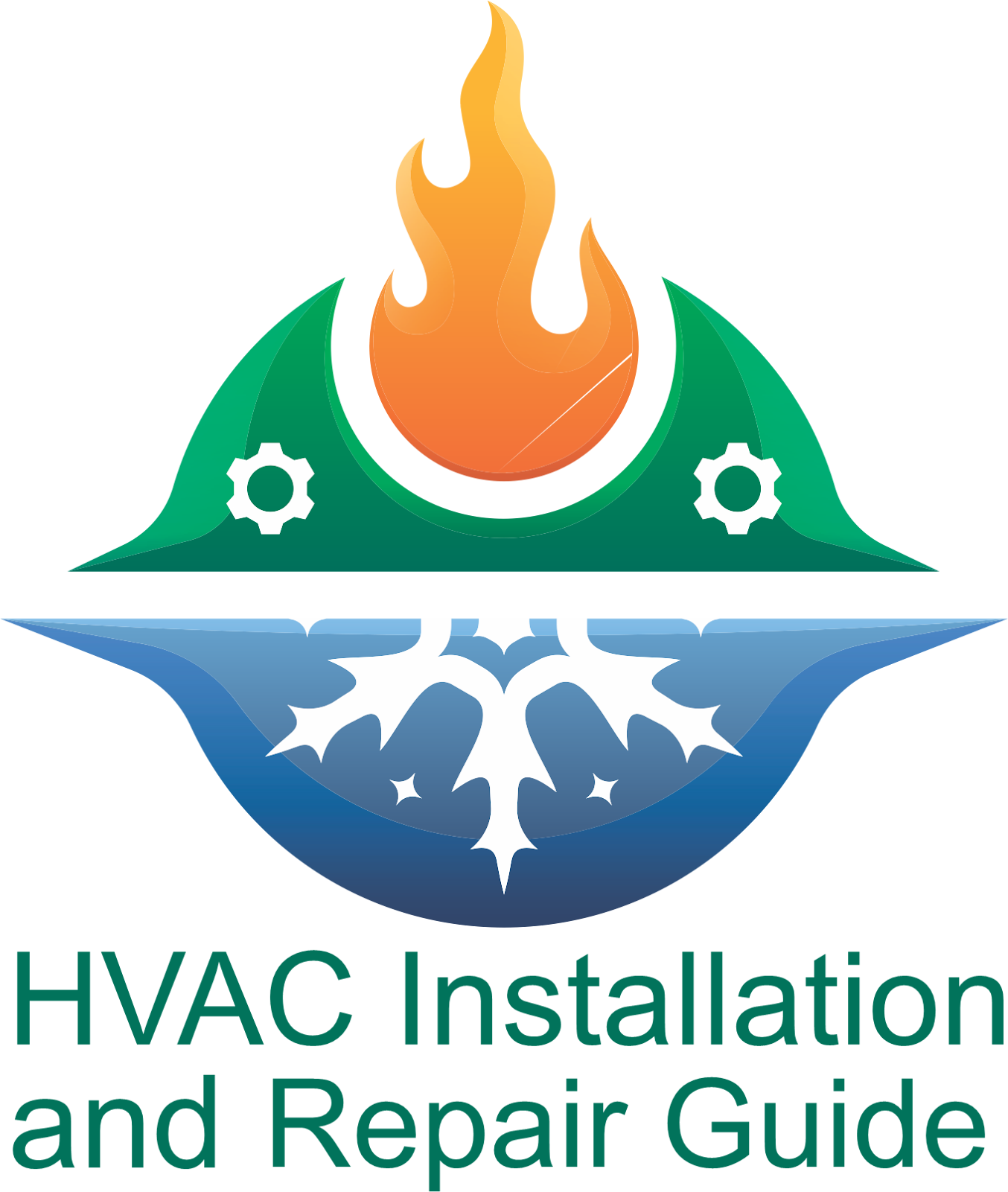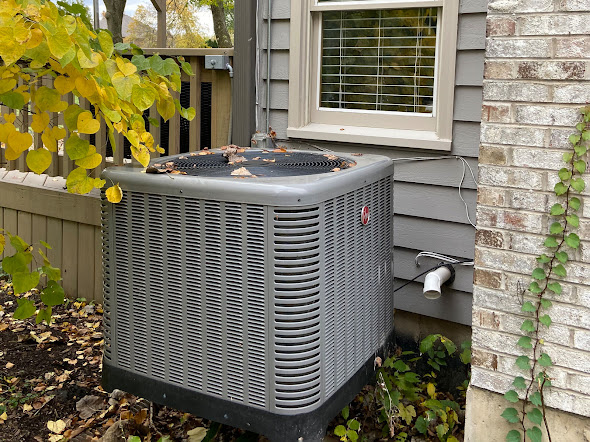Using an HVAC system to alleviate symptoms of indoor allergies
Millions of Americans suffer each year from indoor allergies. Many people routinely look outside the house for allergens that can trigger sniffles, watery eyes, respiratory problems, or even flare-ups of asthBut many people are surprised to learn that indoor mildew, animal dander, dust mites, and bug droppings exacerbate these problems. An EPA study showed that sometimes pollutants in the air inside could be two to five times stronger than that outside.
Together with excellent hygiene habits, your HVAC system can help you reduce indoor allergies. To permanently minimize indoor allergies, specialists from the HVAC Installation and Repair Guide show how to combine practical advice with specific HVAC adjustments.
Addressing dust mites
Dust mites are one of the most common causes of home allergies. They prefer hot, humid weather. The upholstered furniture, carpets, and blankets are where they prefer to hide.
Using an allergen-resistant mattress and pillowcases, washing your bedding once a week in hot water, and drying it on high heat will help you stay away from them. If your budget permits it, carpets are preferable to wood or tile floors. Also, heavy drapes should be avoided because they provide dust mites with a haven.
You can use a dehumidifier or even a whole-house dehumidifier system to help minimize dust mites on carpets, upholstered furniture, and mattresses to fight the most common allergen in your home, dust mites.
Dog hair
Dander is created by a fluffy pet's dead skin flakes. As with dust mites, it is a highly common indoor allergy. By reducing carpet use and animal contact, you can help everyone who lives in your home who suffers from pet dander-related allergies.
The best performance from your HVAC system comes from routine filter changes. Check your filter's MERV (minimum efficiency reporting value) rating. A media air cleaner filter is an alternative; it has a filtering capacity of up to 40 times greater than a regular filter. Another option is a HEPA filter, used in hospitals and can eliminate 99.7% of pollutants. There are also these washable, electrically charged filters available.
Even whole-home air filtration systems can remove hazardous particles from your ductwork, but they are more expensive. If you first clean your ducts and install a filtration system or even a new filter, the effects of pet dander in your home on allergy sufferers can be greatly minimized.
The knowledge of MERV ratings alone can teach a homeowner a lot, claim the HVAC specialists at A HVAC Installation and Repair Guide. You have a variety of filter options, and by understanding a little about how each can help you, you can reduce allergens in your home.
Molds
A dehumidifier system might be a fantastic option for persons susceptible to mold because it loves dampness. Determine any possible points where water or damp air could enter the house. Ensure all spaces, including the frames of windows and doors and roof penetrations, are properly sealed.
If you're having trouble getting rid of mold, a UV Germicidal Light system uses UV lights inside your ducting to kill bacteria, viruses, and mold within 10 seconds of contact. Even though this instrument should be used in a different place than excellent practices, homeowners prone to mold can still use it to seal their homes against moisture intrusion properly. With today's airtight homes, some homeowners will even choose a whole-home ventilation system, which filters out musty or contaminated indoor air and replaces it with fresh, crisp outdoor air.
She continued that these technologies have made a significant difference for our clients with mold allergies. It's also crucial to remember that you should be prepared with inquiries before professional installs a system. Depending on your level of system understanding, you have a greater chance of maximizing the advantages of the system you select.
Pests
If you live in a region with a high population, household bugs are a given. Much like humans, they need food and water to survive. As a result, it's essential to keep food in its original packaging and refrain from leaving water lingering in sinks and worktops. Important practices that can greatly assist include routinely wiping down damp and cooking areas and quickly scooping up food spills.
Creating an airtight home is also advantageous. A professional can detect potential entry points for bugs or air if they inspect your HVAC system once a year.
Maintenance of HVAC
Of course, if you want your HVAC system to maintain an allergen-free home, frequent maintenance of your heating and cooling systems is necessary. Have a qualified professional inspect each component to ensure proper operation before the winter and summer heating and cooling seasons. Also, remember that you have a great opportunity to gain from the technician's understanding of indoor allergies during these maintenance sessions.
Indoor allergies may aggravate a homeowner. It doesn't have to be that way. Insisted. You may start moving in the right direction by scheduling HVAC maintenance immediately.

